New Zealand never held a prominent place in my ‘mental radar’. To me, it was always an afterthought – ‘Australia and New Zealand’. I knew so little about it to be excited. I knew about their cricket team and their great batsman Bert Sutcliffe and their tour of India in 1954. I knew that Emund Hilary who was the first to conquer Mount Everest in 1953, along with our own Sherpa Tenzing Norgay from Darjeeling. I also was familiar with the names of famous middle-distance runners and Olympic heroes Peter Snell and Dick Quax, thanks to my deep interest in Track and Field. And I was also familiar with their national nickname of Kiwi. But little else.
Thus, when our neighbor and close friend Dipak Majumdar, floated the idea of a tour of New Zealand, my interest was lukewarm at best. There was so much else I wanted to see: in Europe, Africa, and elsewhere. But Dipak was able to convince me and Devjani. After all, he has lately become an avid traveler – he had recently traveled to Uzbekistan and Kazakhstan of all places! -and would be very desirable company. He had connected up with Gate 1 Travels, with whom he had already made 3 trips. A travel itinerary was established. We would travel from 6 – 21 November. We would fly out from San Francisco to Auckland by United Airlines on the 6th and return from Auckland to San Francisco on the 21st, also by United. Initially, we had another Bengali couple like us from the Bay Area – Soumen and Juthika Sengupta from South Bay. They had traveled with Dipak on several earlier trips and are lately doing a lot of traveling. At the later stages of the planning, we were joined by Dr, Sanjoy Ray, a common friend living in nearby Clayton.
Gate 1 Travels essentially took over from our landing in Auckland to getting us out of Auckland on November 21. In between, we really had a hectic schedule. We spent our nights in seven different cities in this order: Auckland; Rotorua; Napier; Wellington; Christchurch; Dunedin; Queenstown. A map of the cities planned for our trip is presented below.
(There was a revision in our actual trip. Due to weather conditions, roads to Franz Josef Glacier were closed. We were thus rerouted from Chrisrchurch to Dundein.)
We stayed in each hotel for 1-2 days, except for3 days in Queenstown. Most mornings we had breakfast at our hotels and got out by 7:30 to 8:00AM. Very often, our bags had to be packed and left outside our doors. The hotel and the travel agents took care to transport them to our next hotel locations. We found our bags in our rooms when we arrived there. Needless to say, the routine wore most of us out, particularly senior citizens like me.
The bulk of our tour was facilitated by large 24-seater buses. The same bus and driver were used for the entire North Island; another bus and driver were used for the South Island. (We traveled by plane from Wellington in North Island to Christchurch in South Island). In between the bus rides, there were two wonderful train rides. There were also two wonderful steamer trips.
The tour started in full swing in the morning after our arrival in Auckland. We met the rest of our tour group. Including the 6 of us, there were about 20 in the group. It was a motley group of predominantly senior citizens. We were mostly from the US, except two South Indian ladies from Toronto. Strangely, both had the same first name (Prema). One of them, a doctor, grew up in Kolkata and spoke perfect Bengali. We became close to them. There were also several Chinese in the group, including a Filipino Chinese family from Riverside, California, consisting of an elderly couple and their grown-up son and daughter. On the final day, we were on our own. We rented a car for the six of us. Dipak did all the driving.
The kingpin of the group was our guide Tim (Timothy Wytze De Jong). He was a well-built man with a bald head, probably in his sixties. He added considerable value to the tour with his wide variety of knowledge and his ready wit. I commended him for his easily understandable accent. He said others have told him that too, and it was possibly because of his continuous interaction with the tourists. His last name gave out that he had Dutch origins. In the North Island, our driver for the entire time was Josh. He insisted that he was Polynesian but not Māori. Vlad was our driver for the South Island. He was a Russian émigré. He said he chose New Zealand over European countries near his home, because foreigners were more acceptable here.
We traveled miles and saw much in the next 13 days. There were amazing sceneries of mountains, often snowcapped. They were mostly in the South Island. They were so captivating that once I blurted out “This is like the Himalayas. If only our Rishis were here to see them, the Vedas would have been written here” This surely did not amuse my wife nor my Indian friends. There were wonderful lakes. They were often adjacent to the mountains. We also came across several large glaciers, waterfalls and wonderful gushing streams through the woods. I have thrown in a lot of pictures, fully realizing that my photographic skills were incapable of doing due justice to them.
There were extensive green meadows for miles with cows or sheep grazing on them We had heard that the major element of identity for New Zealand was possibly sheep. We soon realized the heft of the statement. There were sheep all over in the extensive green meadows. Interestingly, there was an almost total absence of our famous ‘baa baa black sheep’. I recall Tim, our know-it-all guide proffering an explanation for the sparsity of black sheep. I wonder if he was talking about Black Sheep, a 2006 New Zealand comedy horror, where a group of people who must defend themselves when a genetic engineering experiment turns harmless sheep into bloodthirsty zombies.
There was an abundance of cows grazing on the meadows, though not as numerous as the sheep. Strangely enough, I did not catch sight of a ‘pure white’ cow as we are used to in India. This reminded me of something from years ago in Berkeley. India was in the limelight, thanks to the Beatles, Mahesh Yogi and all the rest. Not surprisingly, most knew about the ‘Holy Cow’ and our reverence for it. A barber, while cutting my hair asked if all cows in India were considered holy or only the pure white ones. I did not have an answer for him.
One of the most memorable experiences on the tour was the Glowworm Caves near Rotorua. I had seen other stalactite – stalagmite caves before, but this seemed like of a different order. An added feature in these caves were the glowworms. They belonged to the Arachnocampa luminosa, a glowworm species which glowed on the cave roofs. They added an added dimension to the caves. Unfortunately, photographs were strictly prohibited. Hence, we were deprived of this grand memory from posterity. The cave tour ended with a boat ride along an underground stream, which brought us out into the daylight through a cave hole.
Another noteworthy spectacle was the impressive Whakarewarewarewa geyser field located in the Māori village with the same name. It is the only geyser field in the North Island, which is still active. Four other geyser fields have been destroyed – one by volcanic eruption and the others through manmade activities. The geyser field includes the Pohutu geyser, which is the largest geyser in the southern hemisphere. The Pohutu geyser perform sone to two times an hour and can shoot up to 30meters (100 feet). Pohutu means “constantly splashing” in the Māori language.
Had visits to several spots which showcased the culture and arts and crafts of the Māoris, the original inhabitants of NewZealand We were introduced to various aspects of Māori life and culture and how they assimilated the nature around them. We had a visit to a very impressive craft school, where Māoris were being taught their native crafts. A unique feature of the school was it was free for any student who ’had a drop of Māori blood’. We saw some extremely impressive handiwork. We saw many impressive totems all over. But the climax for the day was a magnificent presentation of a native opera performed by the Māoris, men and women, all dressed in their native attires. The songs they sang sounded really charming. I have discussed about the Māoris in detail later.
We had a visit to the National Museum in Wellington. Its exhibits provided a wonderful glimpse into the Māori culture and its evolution in New Zealand. There was an interesting exhibit of a Māori hut made of straw among other things. My personal favorite was two stuffed Kiwi birds.
There was also a visit to a Farm Show near Queenstown the South Island. The farm was set in a huge green meadow below the mountains. The animals included sheep and cows as expected. In addition, there were goats, pigs and also, alpacas. I learned that alpacas are different from llamas, though they looked similar. Each animal type was in a separate enclosure. The visitors had real fun feeding them. The Farm Show had a very interesting demonstration of how the wool was sheared off the sheep. I was surprised to see how much wool the sheep shed off. It started like a Hippie and ended like a Hare Krishna. There was also a very interesting demonstration of how the sheep herds were controlled by the sheepdogs.
We got to learn about two creatures unique to this faraway land. There was the Kiwi birds, which holds a special place in their culture. We were treated to an interesting show regarding this unique long-billed bird. Unfortunately, photos were not allowed for the show. The other unique creature peculiar to New Zealand were the longfinned eels. We saw them displayed in a pool next to the museum. We learned that they were born in around Tonga and made it all the way to New Zealand. I remembered that the eels in European rivers were all born in the Gulf of Mexico and swam the entire Atlantic oceans to be at their designated habitats.
We had an interesting visit to Arrowtown, the site of the Gold Rush in New Zealand. Jack Tewa (Māori Jack) discovered gold in the in the Arrow River in !862. Subsequently, Chinese settlers started arriving from the 1870 and established Arrowtown. Remnants of the settlement are still there for us to see.
On the final day, back in Auckland, we had a memorable skyway trip. The oceans and the mountains from up above were really a sight to see.
A few bare facts about New Zealand that have stuck to me
The first thing to strike you in New Zealand was that they drove on the ‘wrong side’ of the road like in India or England. You had to be careful while crossing the street. Other imprints of what I would like to call ‘Britishisms’ were the use of the word lift (instead of elevator), aerodrome (instead of airport) and petrol (instead of gas). But they used ‘apartments’ (not flats). Of course they had their fair share of British spellings like ‘harbour’
Another feature that struck me was the significant presence of corresponding Māori words for street and place names. It is indeed a testament to the recognition given to the Māoris at the present time. One cannot but think about the Australian aborigines or the Native Americans in this context.
There appear to have been no significant mammal populations before Māoris landed in New Zealand in the thirteenth century. The Māoris brought with them a variety of dog (kuri) and a variety of rat (kiore) from their Polynesian homelands. Almost all the mammals we see today, including the sheep and the cattle came with the white men after 1770.
Apart from its remoteness, New Zealand was perhaps unique in that while the northern end was firmly in the temperate zones, the southern tip (in the South Island) almost pierced into the Antarctic circle and could be very cold. In fact, a saying went around that penguins were a common sight near the southern end of the island. Tim, our guide laid this misinformation to rest. He said that penguins were rarely to be seen in New Zealand – occasionally, a bird or two would appear in the extreme southern ends.
While there, we heard that New Zealand was earthquake country. Earthquakes occur frequently in New Zealand as the country is situated in the collision zone between the Indo-Australian and Pacific plates, part of the Pacific Basin Ring of Fire, where many earthquakes and volcanoes occur. The cities of Wellington, Hastings and Napier are known to be particularly prone to earthquakes. The City of Napier was hit with earthquakes of magnitudes 7.4 and 7.3 within 10 days in February 1931, which caused major devastation. In recent times, Christchurch experienced three earthquakes of magnitudes ranging from6.0to 6.4 between February and December 2011. The city had to be rebuilt. In this context, I heard an interesting statement from who but our guide, old Tim. He said that the earthquake provided a new inspiration, a new energy to rebuild. I had never heard of a more strange but inspiring aspect of an earthquake before.
The population we encountered was predominantly Caucasian. Many had a peculiar accent but was generally quite understandable. However, there was a significant presence of Orientals, presumably mostly Chinese and Japanese. There were Chinese restaurants and Japanese Sushi places all over. There was also a fair presence of people from the Indian subcontinent (see next section). I came to learn that the Orientals and those from the Indian subcontinent were relatively recent immigrants. The immigration rules opened up for them not far back. I noticed very few blacks.
Indians
I have this pet peeve of looking into the Indian (or more appropriately, South Asian) presence. Indians were to be seen everywhere, particularly in the bigger cities. In one of the cities (probably Wellington), all the taxi drivers we ran into were from Punjab (but without turbans). There were Indians to be seen at hotel receptions and other places. We found several Indian restaurants. In fact, we had dinners there on two occasions at Indian restaurants. And something more. Two of the biggest cities in New Zealand: Wellington (the capital) and Auckland (the biggest city) are named after former British Viceroys in India. I was informed that neither of them had any direct connections to New Zealand. It was just their high positions in the empire that earned them the honor.
Cricket
Perhaps a natural segue after ‘India’ would be ‘cricket’. It was constantly in my mind since the recent 3-test sweep by the New Zealand team over India. Realized that the world had changed from my younger days when New Zealanders were the doormats among the cricket playing nations. So, I was really excited to see cricket being played in two different cities. I could not find out anything about the games. But it did not miss my eye that that the players were all in white flannels, reminding the old times. In the conversations with the locals, cricket occasionally came up (perhaps more often instigated by me). They all never missed reminding me about their recent victories over us. One older gentleman was slightly an exception. He tried to offer me some solace by saying, “Do not worry. Times will change”. Finally, at a stop in one of the small towns, we were told that we were in the state of Otago. My memory cells suddenly clicked – the great Bert Sutcliffe was from Otago. I gathered up my courage and asked some ladies enjoying their tea outside a restaurant. They said that they were all familiar with that name.
A Brief History of New Zealand
By all accounts, New Zealand was possibly the largest uninhabited landmass before the Polynesians arrived. It appears that several waves of Polynesians arrived and settled in New Zealand between 1250 AD and 1350 AD. and gave birth to the Māori culture (More detailed discussion about the Māoris in the following section). But New Zealand was virtually unknown to the Known World. The first to sight New Zealand was the Dutch explorer and seafarer, Abel Tasman, after whom Tasmania is named. Tasman was then in the employ of the Dutch East India Company. He named it New Zealand but did not set foot on the land there.
The first to set foot was on New Zealand was James Cook in 1769. Captain Cook arrived in 1769 and set foot in Poverty Bay. He mapped the entire country. Since then, New Zealand was regularly visited by British and other seamen. In 1840, the British entered into a treaty in Watangi with a Māori chief and later that year, New Zealand became a Crown Colony. New Zealand obtained a Dominion status in 1907 and became fully independent in 1947. New Zealanders had a significant presence in the two World Wars. Many laid down their lives.
In the early days, the immigrants to New Zealand were predominantly of Anglo-Saxon origin. They came from England, Scotland, Wales, Ireland and also from Australia. In recent years, immigration has opened up considerably and many from countries all over the world have immigrated, including from China, Japan and the Indian subcontinent as noted earlier..
Māori
The history of New Zealand would be meaningless if we did not speak of the Maoris. To be fair, we had a real fill of them. In the process, we learned quite a bit about them.
As noted earlier, the Maoris arrived in New Zealand in several waves between 1250 AD and 1350 AD in several waves. They were of Polynesian stock and as our guide Tim informed, per present knowledge, they all originated from around the area of Taiwan. Strangely, somehow, all the waves followed a somewhat similar clockwise route and they all landed first in the North Island. The Maori population was more concentrated in the North Island. Tim said it was probably due to their preference for the warmer weather. Only few ventured to the South Island.
One particular fact that was most intriguing was that all the Maoris spoke the same common language. There were several other interesting things about them. The most interesting perhaps is that before they landed in New Zealand, there were no human inhabitants in either of the two islands. In fact, there were also no mammals in the two islands.
We were treated to several demonstration of the Māoris, their culture and its influence on New Zealand. It started with a visit to a Māori home in Rotorua, where the whole group was treated to a sumptuous dinner. The Māori couple were extremely affable and sat down with us and related many facets of their culture. Their features clearly betrayed their Māori background. Otherwise, there was nothing unusual about their home or their accents that I could notice. They were both teachers as I recall. One of the sons, who was 6’ 2” played basketball. It came out that the Māoris were very much into sports, in particular, Rugby, where they were a major element in both the country’s men’s and Women’s teams.
We were introduced to various aspects of Māori life and culture and how they assimilated the nature around them. We had a visit to a very impressive craft school, where Māoris were being taught their native crafts. A unique feature of the school was it was free for any student who ’had a drop of Māori blood’. We saw some extremely impressive handiwork. We saw many impressive totems all over. But the climax for the day was a magnificent presentation of a native opera performed by the Māoris, men and women, all dressed in their native attires. The songs they sang sounded really charming.
One the face of it, there appeared to be a fair assimilation of the Māoris with the greater (predominantly white) population. No overt signs of discrimination were readily apparent. We did not hear of any special reservations for them.


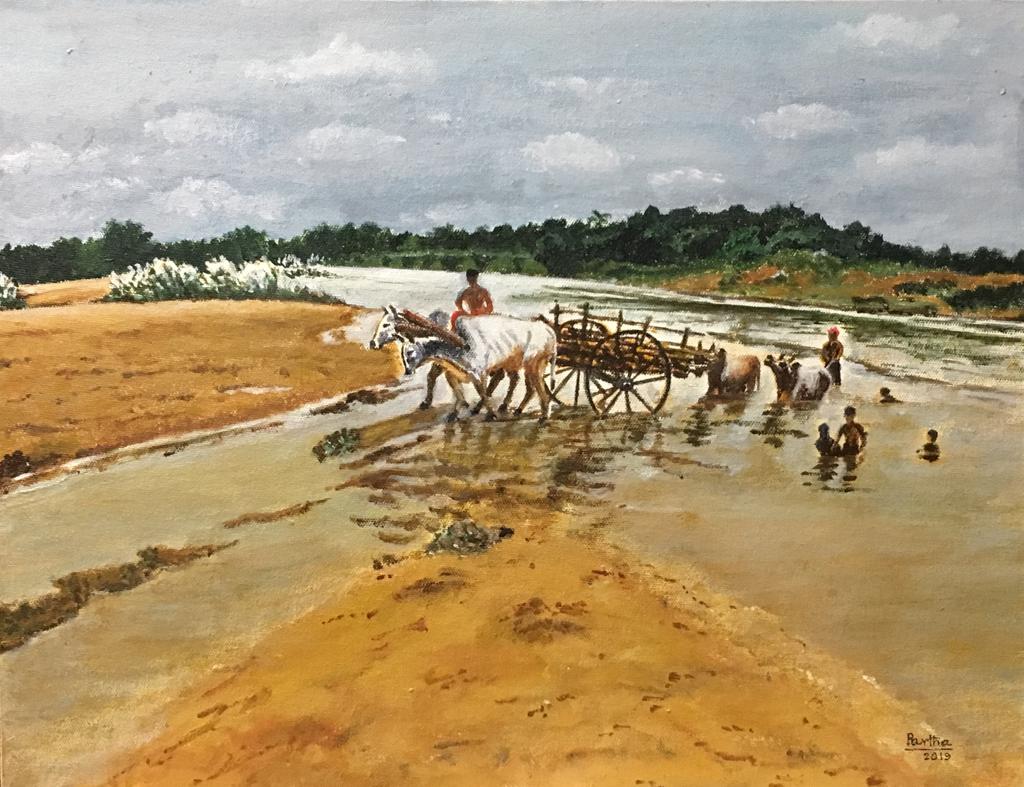
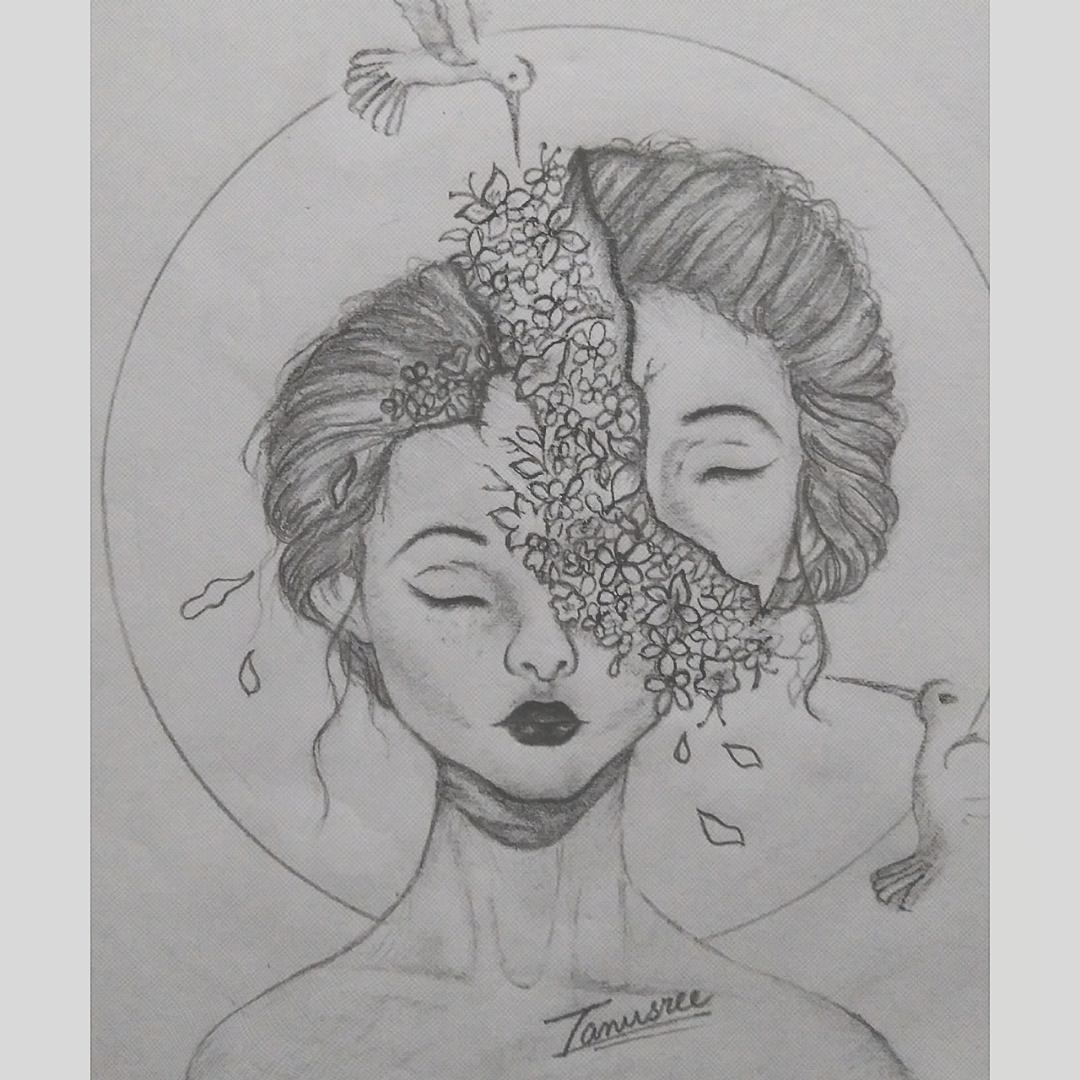
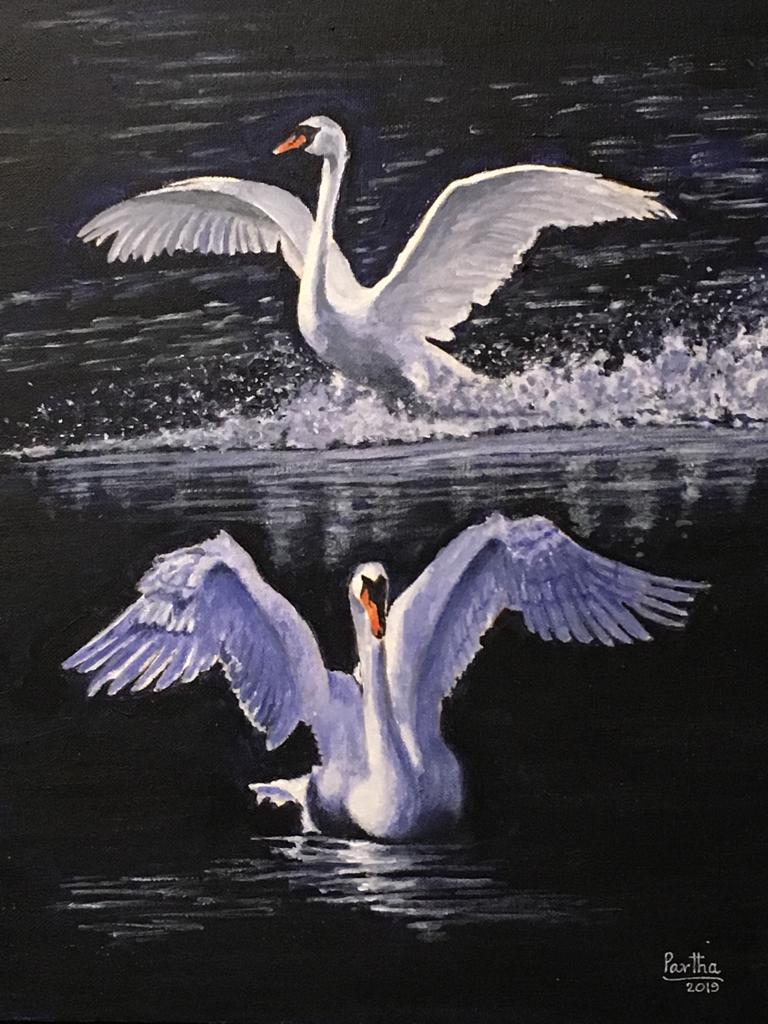
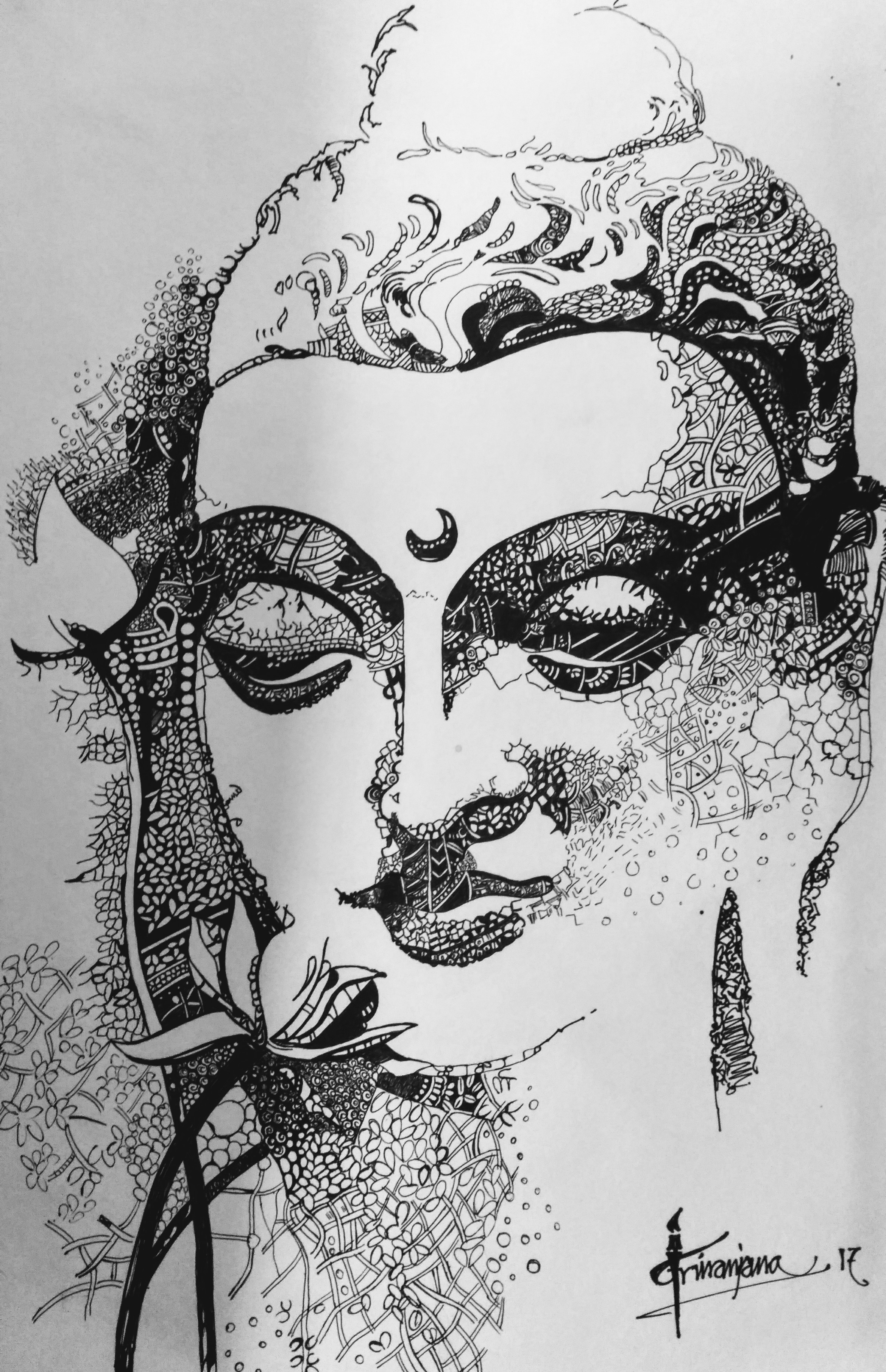


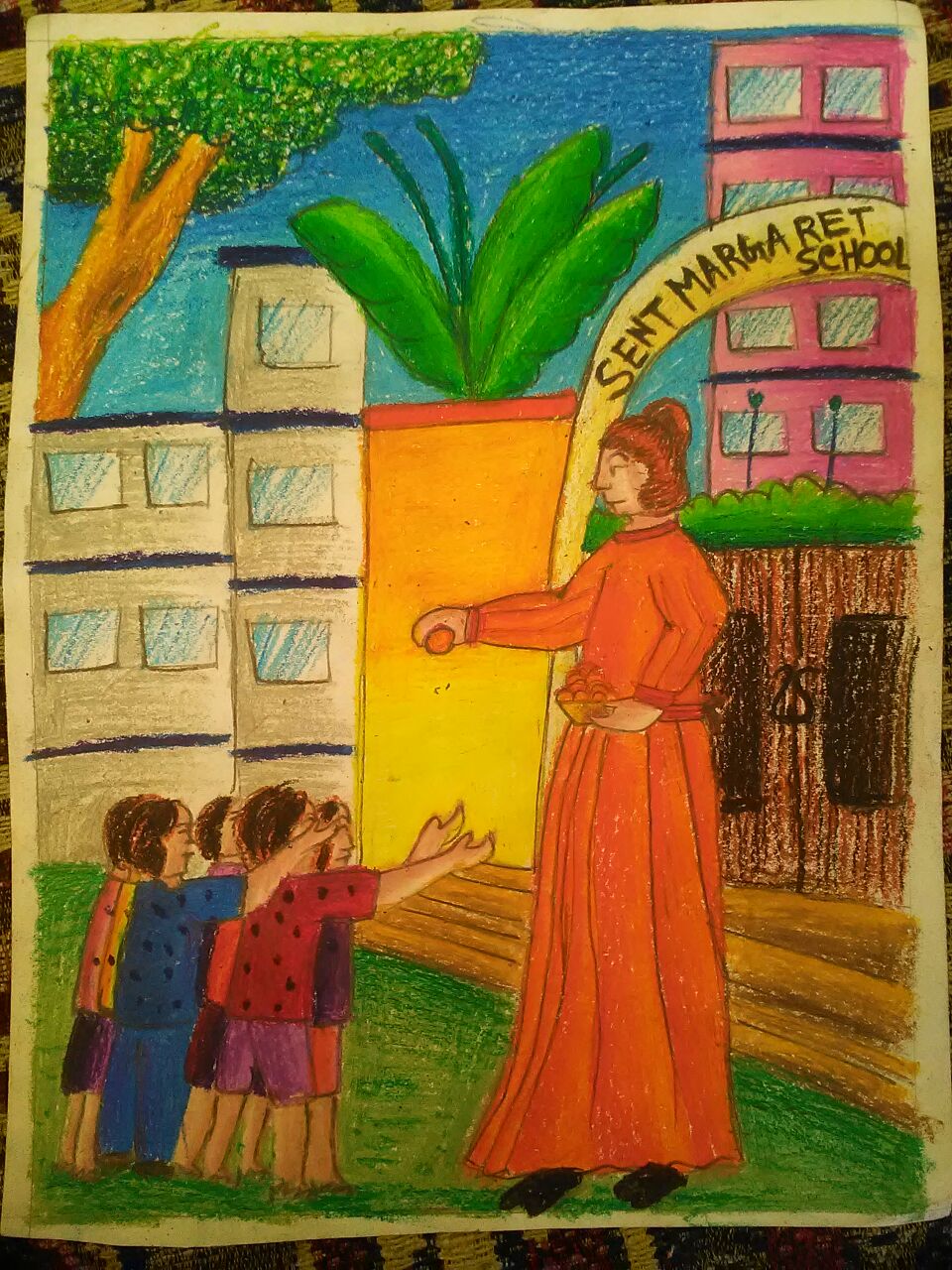

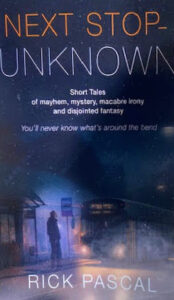

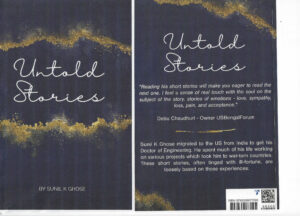
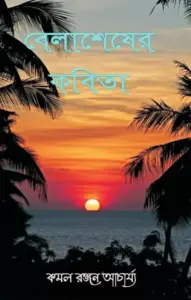
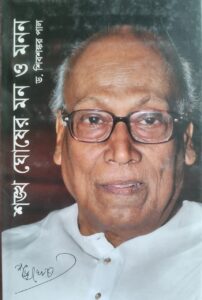

Comments »
No comments yet.
RSS feed for comments on this post. TrackBack URL
Leave a comment